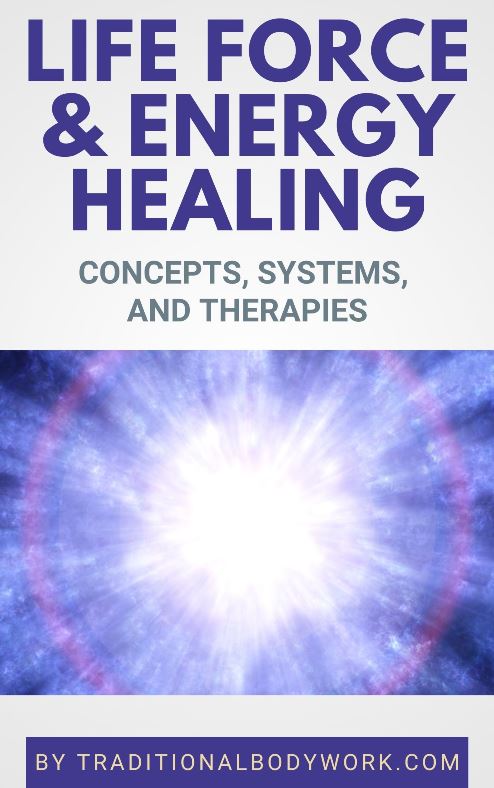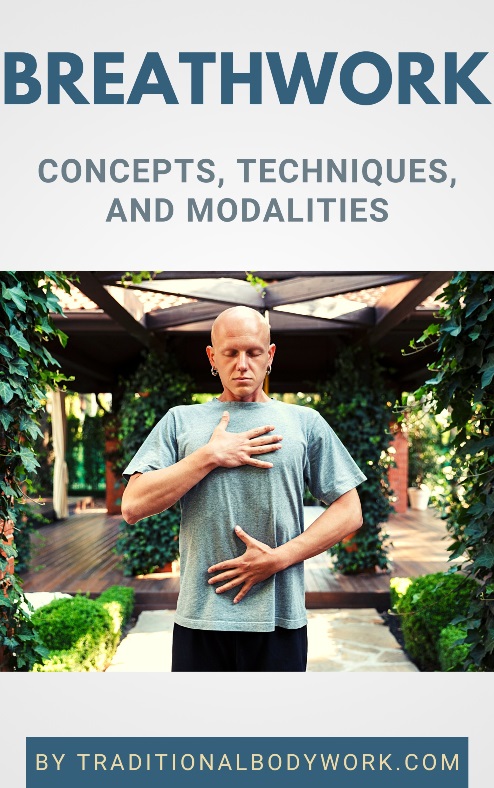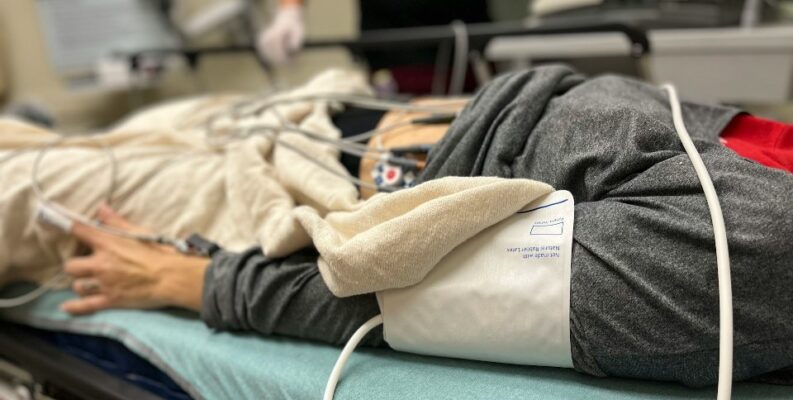
Trauma is not only stored in the brain but also travels within the body, often surfacing as chronic tension, pain, or emotional overwhelm. Traditional talk therapies can help process memories, yet many people find that unresolved trauma lingers physically.
This is where somatic practices come in, gentle, body-based approaches that focus on restoring the connection between mind and body. By working with breath, movement, and awareness, these practices allow individuals to safely release stuck energy and emotions, ultimately providing relief.
In this article, we’ll explore how somatic methods support healing, resilience, and a deeper sense of safety within the body.
Understanding Trauma in the Body
Psychological trauma often manifests physically through mechanisms like chronic stress responses, neuroendocrine dysregulation, and heightened interoceptive awareness. It often leads to conditions such as chronic distress, gastrointestinal disorders, and tiredness.
In severe cases, trauma also leads to posttraumatic stress disorder (PTSD), a mental health condition that develops only after a life-threatening event. According to the National Center for PTSD, about 6% of US citizens will experience PTSD at some point in their lives. Many individuals who develop PTSD recover with treatment and eventually no longer meet the diagnostic criteria for the disorder.
Trauma-related disruptions in physiological regulation can result in tangible bodily symptoms. Therefore, they need to be addressed with a therapy that goes beyond talking.
The First Steps Toward Recovery
Sudden trauma involves seeking immediate support to prevent emotional isolation and physical strain. Professional help, supportive family, friends, and legal assistance are needed to offer reassurance, stability, and connection during the early healing process.
Consider a tragic car accident from Cleveland, Ohio, reported by Today.com. On August 15, 2025, Donald and Maria Nunney lost their lives in a tragic crash. Their vehicle veered off-road while they were traveling with two of their four children. The crash left the surviving children devastated and traumatized.
In such tragic situations, it’s vital to respond quickly and get help after a Cleveland car accident. Prompt medical and legal assistance can play a crucial role in protecting the well-being and future of surviving family members.
The Piscitelli Law Firm advises survivors to call 911, get medical care, and document the scene. They should request the police report and notify their insurer. It’s also important to avoid oversharing with the other driver’s adjuster and to seek help from a local car accident lawyer.
Beyond medical and legal help, somatic practices like breathwork and grounding exercises can ease trauma stored in the body. These methods calm the nervous system and support emotional recovery after a traumatic incident.
How Somatic Practices Facilitate Healing
Somatic practices promote healing by engaging the body’s felt sense through movement, breath, and interoceptive attention. Somatic approaches help de-escalate physical stress responses and release stored trauma.
The National Geographic states that there has been a 58% increase in the demand for trauma-related treatment from 2020 to 2021. Somatic therapy has been quite prevalent in treating trauma-related problems and has gained special attention in the past few years. Social media is playing an active part in raising awareness about somatic practices.
Similarly, in individuals with low back pain and PTSD, adding somatic experience to standard treatment significantly reduced PTSD symptoms and fear of movement. These findings highlight the distinct benefits of somatic approaches, which focus on the body rather than relying solely on cognitive therapies.
The Role of Professional Guidance
Professional guidance plays a pivotal role in trauma recovery by offering evidence-based support, structured treatment, and clinical oversight. The growing health consciousness of people in the US underscores the importance of professional treatment in promoting lasting healing.
According to Coherent Market Insights, the mental health disorder segment is the biggest section using somatic therapy for healing. It has a share of 41.6% due to somatic therapy’s ability to treat adamant mental health issues. Somatic therapy works where conventional medical therapies fail to treat PTSD, depression, anxiety, trauma, addiction, etc.
It improves body awareness and fosters a sense of safety. Over time, somatic healing empowers individuals to sustain balance and enhance overall well-being.
Long-Term Benefits of Somatic Healing
Somatic healing offers long-term benefits by addressing trauma at its root, within the body, rather than only the mind. Over time, individuals experience reduced stress, improved emotional regulation, and a decrease in physical symptoms, such as chronic pain or tension.
According to the American Academy of Pediatrics, around 75% of high school kids have faced at least one traumatic event in their lives. Therefore, kids are handled by a special treatment program known as ‘trauma-informed care’, which provides long-lasting results.
Somatic therapies used in trauma-informed care significantly lower PTSD and anxiety symptoms, and provide sustainable recovery. It enhances body awareness and promotes a sense of safety.
Frequently Asked Questions
Are somatic practices safe for everyone?
Somatic practices are generally safe, as they use gentle movement, breathwork, and awareness to support healing. However, individuals with severe trauma, medical conditions, or psychiatric disorders should seek guidance from a trained professional. Proper supervision ensures safety, personalization, and prevents overwhelming emotional or physical responses during the process.
How quickly can results be felt with somatic therapy?
Results from somatic therapy vary by individual and the depth of trauma. Some people notice relief, such as reduced tension or calmer emotions, after just a few sessions. For lasting change, consistent practice over weeks or months is often needed, especially when addressing deeply rooted trauma patterns.
How are somatic therapy and conventional talk therapy different?
Somatic therapy focuses on the mind-body connection, with the use of movement, breath, and bodily awareness to release trauma. Talk therapy, on the other hand, primarily addresses thoughts, emotions, and behaviors through conversation. Somatic methods often complement talk therapy, with a deeper healing.
Embracing Somatic Healing for Lasting Recovery
Somatic practices provide a powerful path to release trauma by reconnecting the mind and body. Unlike traditional approaches that focus mainly on thoughts, these methods help address the physical imprint of trauma with deeper healing.
With professional guidance and consistent practice, individuals can experience long-term benefits, like reduced stress, improved resilience, and greater emotional balance. It also empowers them to reclaim well-being and move forward with renewed strength and confidence.






















